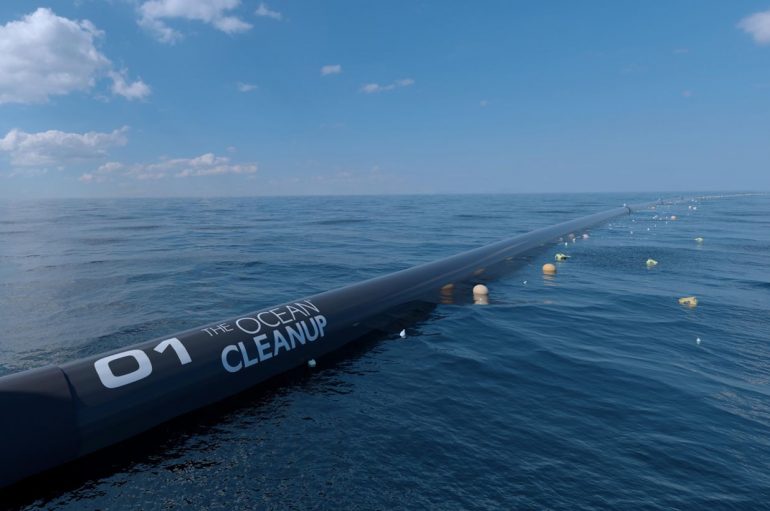The first-ever machine to clean up the planet’s largest chunk of ocean plastic is due to set sail.
It’s heading to the Great Pacific Garbage Patch, halfway between California and Hawaii, where it will commence collecting the 1.8 trillion pieces of plastic rubbish amassed there by ocean currents.
The system uses a combination of huge floating nets (dubbed “screens”) held in place by giant tubes, ironically made out of plastic, to suck stubborn waste out of the water.
It will then transfer this debris to large ships that will take it to shore for recycling.
The beginnings of this intricate system will launch from San Francisco Bay within weeks and will start working by July, with plans to keep extending it thereafter.
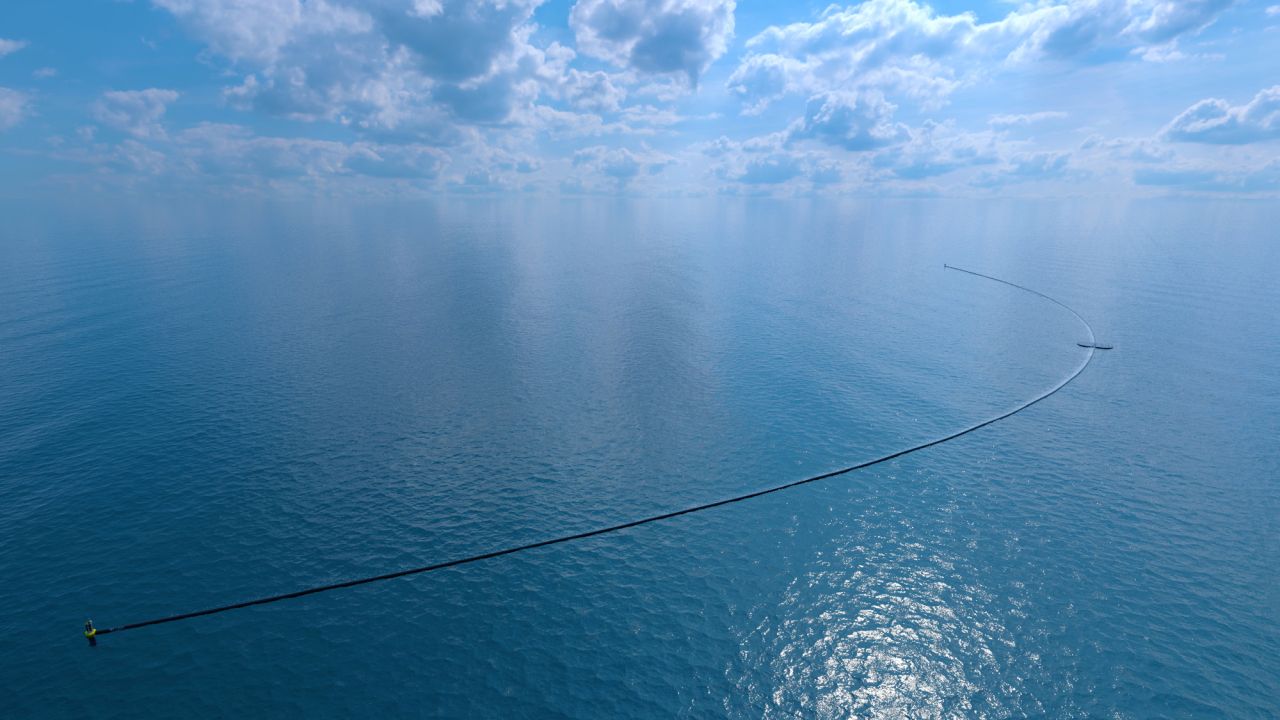
Slat commented: “The cleanup of the world’s oceans is just around the corner.
“Due to our attitude of ‘testing to learn’ until the technology is proven, I am confident that – with our expert partners – we will succeed in our mission.”
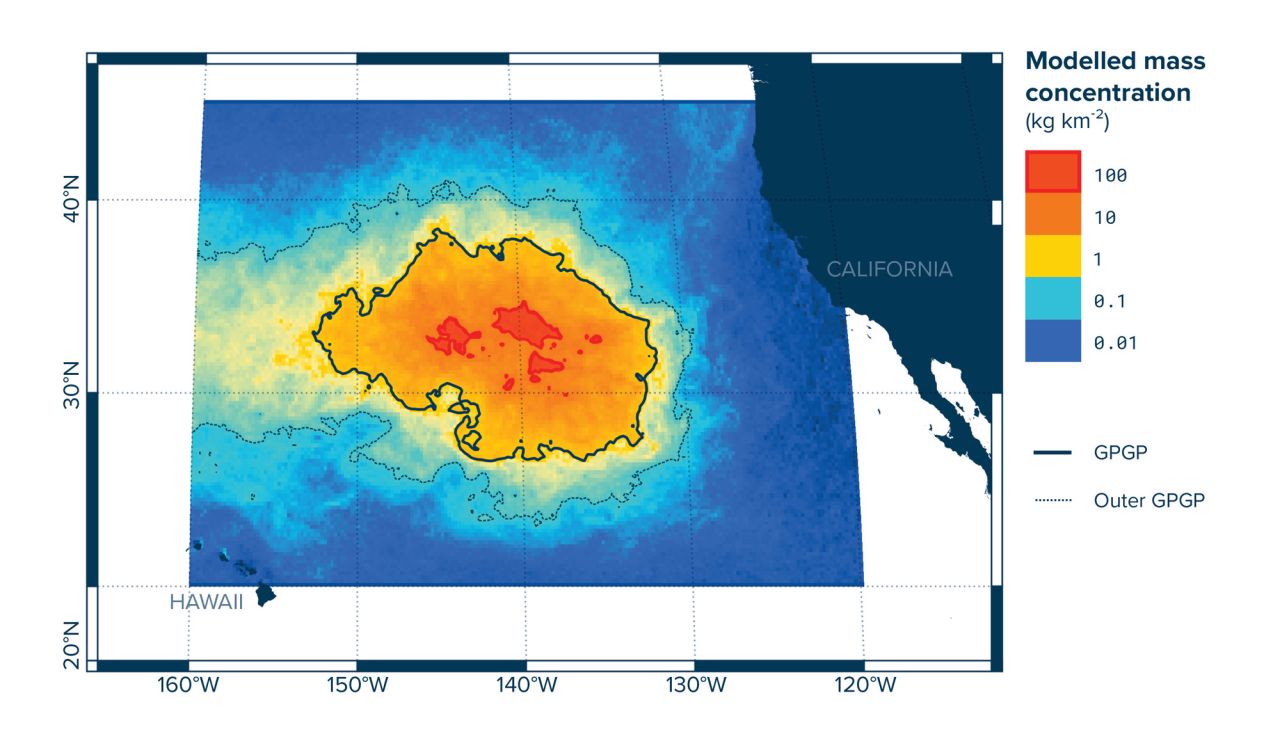
The Great Pacific Garbage Patch (GPGP) spans 617,763 square miles – which is bigger than France, Germany and Spain combined and contains at least 79,000 tons of plastic, according to recent research.
The majority of it is made up of “ghost gear”: parts of abandoned and lost fishing gear, including nets and ropes, often from illegal fishing boats.
Ghost gear kills more than 100,000 whales, dolphins and seals each year, with many of the sea creatures drowned, strangled or mutilated by the plastic, claim scientists.
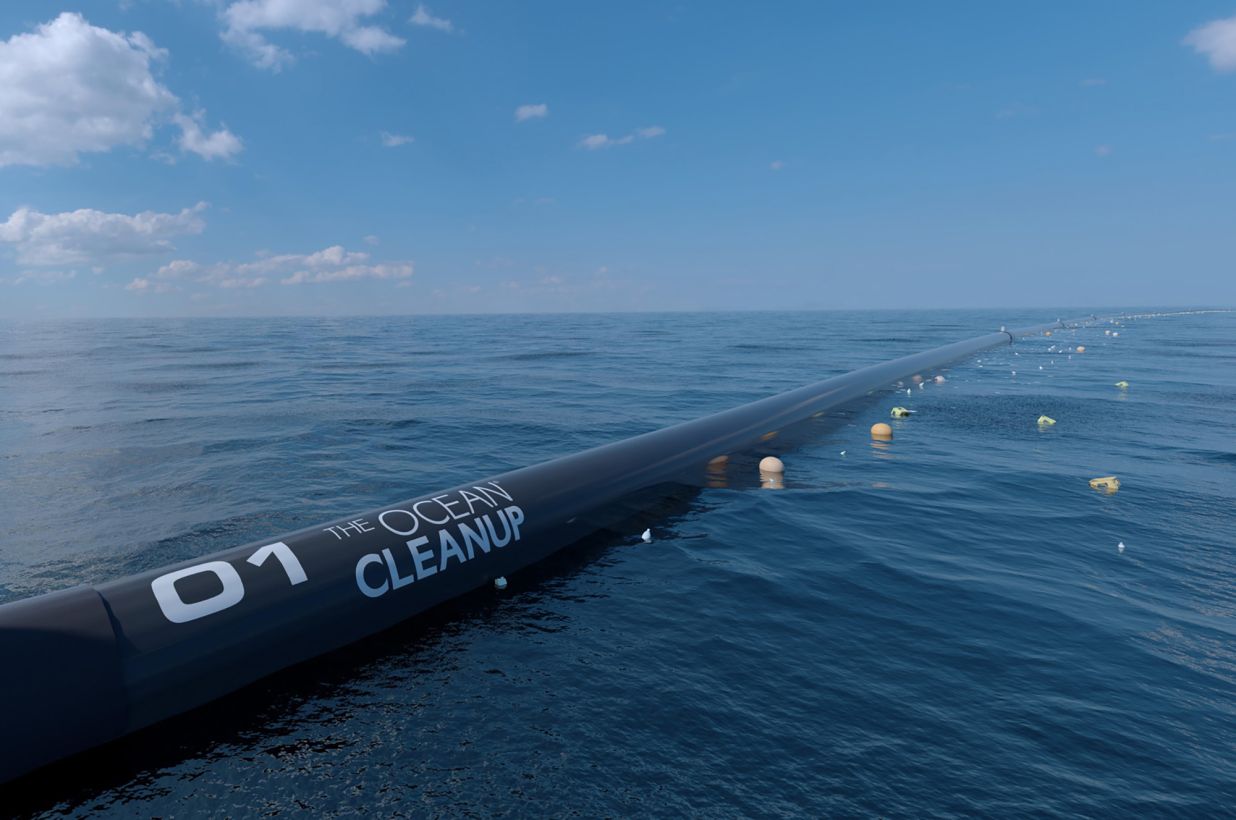
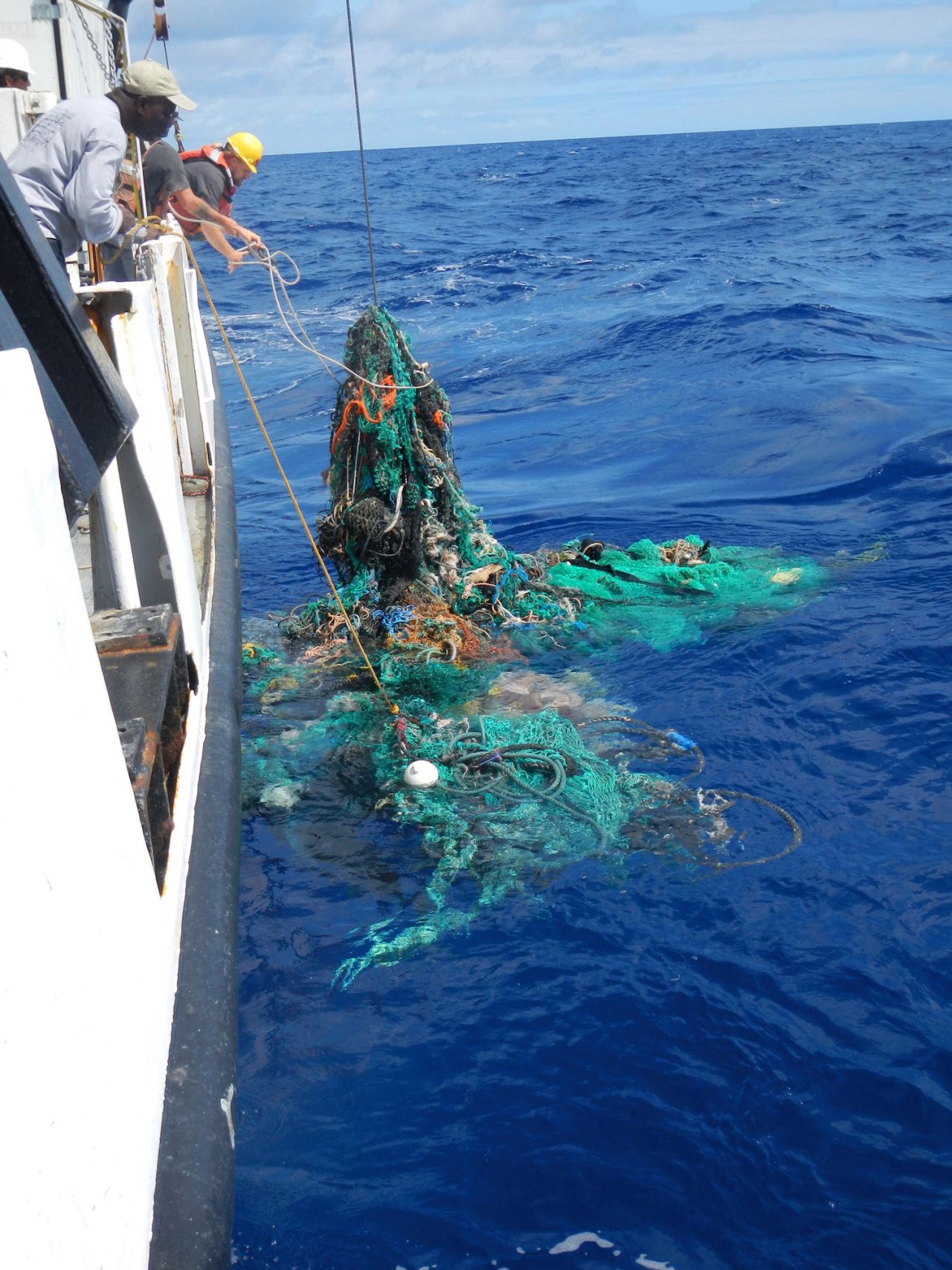
The GPGP isn’t the only floating mass of junk in our oceans.
It’s technically known as the eastern Pacific Garbage Patch because there is another collection of waste in the western Pacific.
Similar accumulations can also be found in the oceans’ four other circular currents, or gyres, with one patch each in the South Pacific and Indian Ocean and two in the Atlantic.






